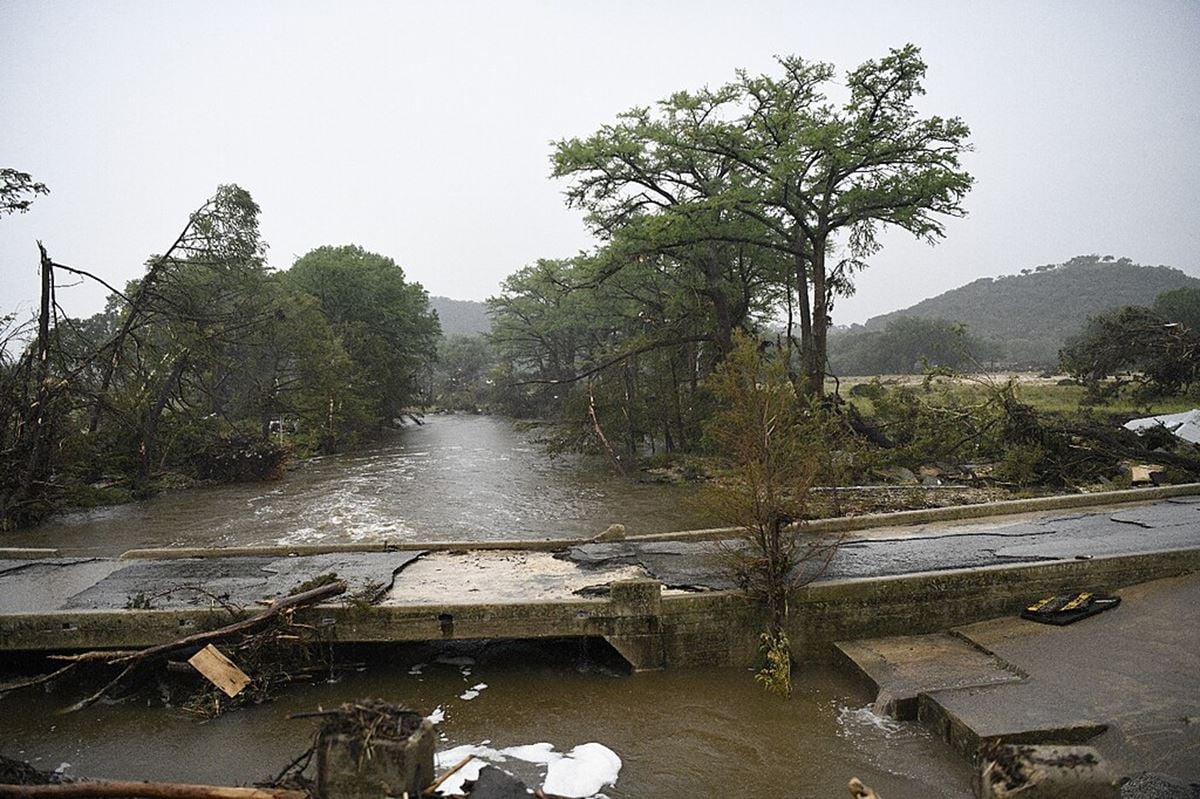Image Attribution: World Central Kitchen, CC BY 4.0 , via Wikimedia Commons
When floodwaters overtook several beloved Christian summer camps in the Texas Hill Country this July, the damage was more than physical. For many families, these were not just places for campfires and canoe trips—they were sacred spaces where faith took root, friendships deepened, and young lives were shaped by the rhythms of worship and shared tradition.
A recent article from the Associated Press gently captures this dimension, highlighting how families and former campers are grieving not just the destruction, but the spiritual void left in its wake. Camps like Mystic and La Junta have long served as intergenerational rites of passage, where Bible studies, sunrise devotionals, and communal prayer were as central as cabins and swimming holes.
The AP article avoids sensationalism. Instead, it offers a steady look at how faith is threaded through grief. A mother who lost her daughter at one of the camps speaks not with blame, but with love—testifying to the spiritual impact the camp had on her daughter’s life and the hope it still carries, even in tragedy.
This is precisely the kind of storytelling that meets our standard for positive faith representation: the article centers faith in a meaningful way, respects its complexity, and shows its impact across generations. It portrays a faith community navigating suffering not with bitterness, but with resilience—offering readers a glimpse of hope in the midst of heartbreak.
As we track examples of faith in media, this piece reminds us that faith doesn’t just show up in sermons or Sunday services—it often lives in the quiet spaces: in cabins, chapels, and campgrounds.
And sometimes, even in loss, it becomes visible to the world.
Why This Article Meets the Positive Faith Representation Criteria:
Promotes Unity and Understanding: Shared grief and faith connect generations, families, and entire communities across denominational lines.
Showcases Societal Good Through Faith: These camps serve not only as places of fun but as deeply spiritual environments where values like compassion, resilience, and hope are cultivated.
Free of Stereotypes or Offensive Language: The reporting is balanced, empathetic, and respectful of the religious context.
Balanced and Inclusive Tone: Faith is portrayed as a source of comfort and purpose without excluding other viewpoints.
Contributes to Societal Good: By elevating stories of loss, love, and faith, it provides a lens into how religious communities process tragedy with grace.
Recent: Published in July 2025—timely and relevant.
Positive Engagement: The story has been shared widely across outlets and social platforms, touching both secular and faith-based audiences.
Other articles to consider:
Finding peace and spiritual strength amid the raging waters of devastating Texas flood tragedy



